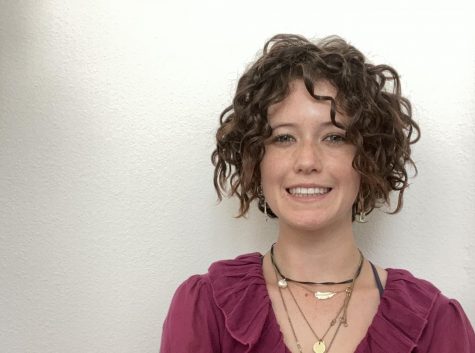Redistricting Delays Campaigning for 2022
Every 10 years congressional and local legislative districts and redrawn following the census. In an area as densely populated as Orange County, this can lead to uncertainty over who one’s next Congressional representative will be.
March 11, 2021
Following each decennial census, legislative districts nationwide are redrawn to account for population shifts within the state to add or remove districts.
In an area as densely populated as Orange County, redistricting could mean constituents being represented by a new congressmember next year.
“Let’s say we lose one congressional seat. That means that the neighboring districts are going to be redrawn too so that they all have basically the same number, which means geographically the districts could expand. Mike Levin’s district could expand a bit to the north end to the south and a bit east. Or the top and bottom could stay the same, and they could just grow to the east. It all has to do with where the population shifts,” said Adam Berkowitz, the Campaign Manager at the Mike Levin Campaign.
Traditionally, the Census Bureau collects data and releases preliminary numbers in the last week of December. This data determines the number of seats a state will have in Congress. A few months later, there is additional data that is issued and used for redrawing congressional districts.
Once all of those numbers are released, the redistricting process can begin. In California, after a draft of the map is created, it is open to the public for roughly a two month period before any map can be finalized. This period often includes legal battles and opposition to the new map.
“When you have an independent commission, like the voters passed in California, there are significantly less chances of gerrymandered districts in a non congressional district in a state like California. It’s a nonpartisan commission. It’s evenly divided. [The maps] have to be open for public comment,” said Berkowitz.
However, the timeline is shifted due to a delay by the Census Bureau. The preliminary numbers that were supposed to be released this past December are expected to be issued in the summer. In addition, the numbers for redrawing congressional districts are expected to be released a few months after that by a deadline of September 30. This could mean that the new district map won’t be finalized until January of 2022 — the year of the congressional election.
Due to the shift in timeline, the primary election could be postponed a month. The change would result in shorter general elections and a shorter campaigning period.
“We’re all in the same boat. There’s nothing that any elected official or candidate can or cannot do for this entire year, and it affects every single District,” said Berkowitz.
The delay does not halt all campaigning. The Mike Levin campaign is continuing to work but won’t be able to operate at full capacity until there is at least a draft of the new district.
“The minute we do have maps that are confident, final, or close to final, instead of slowly ramping up and expanding the campaign over the course of this year, we’re going to have to go from zero to a hundred right away in 2022, as soon as we get either drafts of maps or the final maps,” said Berkowitz.
The new timeline is not ideal for political campaigns and their traditional course of action to get out the vote, however, at this point uncertainty has become the norm during the pandemic era. Nevertheless, campaigns, including the Mike Levin campaign, are confident that they’ll still be able to perform well during the election season.



